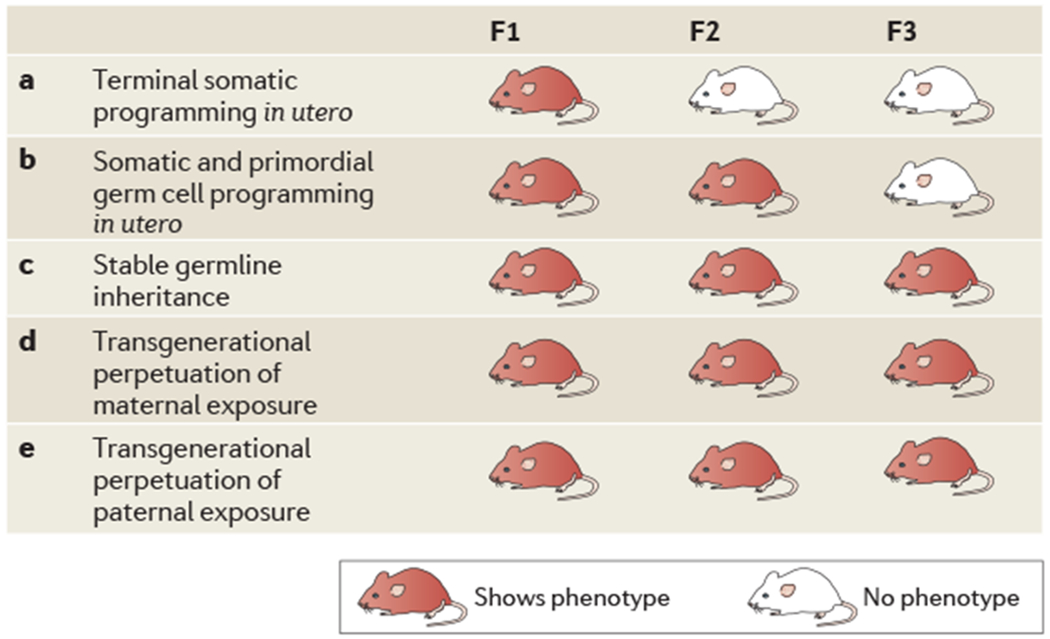Figure 2 |. Modes of maternal and paternal transgenerational epigenetic transmission.

Several mechanisms for transgenerational epigenetic transmission are possible, asshown in the table, in which a red mouse indicates that the phenotype is shown in a particular generation, a | In utero somatic programming may affect tissue and brain development inthe fetus, initiating a developmental trajectory that results in an adult phenotype inthe first (F1) generation. However, this phenotype is not transmitted to the next generation, as there is no germ cell involvement. b | If in utero somatic programming is accompanied by changes in primordial germ cells, the phenotype will be transmitted to a second (F2) generation. In order for this to occur, germ cells must be exposed to a maternal insult during gestation. c | If the in utero exposure is able to alter epigenetic marks in the germ line of the F1 offspring and this reprogramming is able to withstand erasure and re-establishment during subseguent generations’ germ cell development, the phenotype will be perpetuated across generations withoutthe need for re-exposure to the original insult. This is defined as a truly transgenerational epigenetic programming. d | Transgenerational phenotypes may also occurthrough a repeated maternal effect by which programming during gestation or through exposure to altered maternal behaviours results in an adult phenotype that is only found in the maternal lineage. In order for this to occur, the offspring must be re-exposed to the insult in each generation to promote the continuation of the phenotype from the dam. This trait would not be passed through a paternal lineage. e | Transgenerational programming through a paternal lineage originating from an initial exposure inthe male reguires establishment or reprogramming of epigenetic marks in the sperm. Adapted with permission from REF 115, Elsevier.
